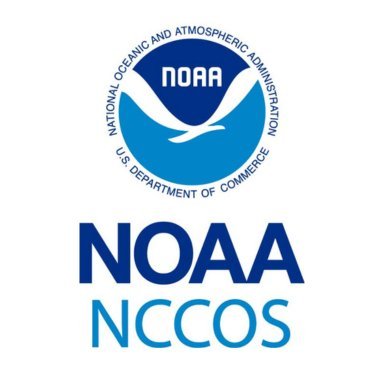Study Measures Magnitude, Distribution of PFAS Chemicals in Great Lakes
National Centers for Coastal Ocean Science | July 7, 2025

Read the full article (National Centers for Coastal Ocean Science)
"Scientists with NCCOS’ Mussel Watch Program published a retrospective assessment of per- and polyfluoroalkyl substances (PFAS) in the Great Lakes, based on mussel tissue samples collected in the region from 2013 to 2018. Bivalve shellfish, such as mussels, serve as ideal indicators of chemical pollution because they tend to bioaccumulate pollutants from the large amounts of water they filter, they have limited mobility, and they are found throughout the U.S. coastal zone.
PFAS are a large group of manufactured chemicals that have been used since the 1940s in a variety of consumer and industrial products, including electronics, insecticides, and fire-fighting foams. They are often found in surface coatings that repel oil, grease, water, and heat. PFAS are highly resistant to degradation, and their persistence in the environment poses risks to both people and animals.
Water quality management plans for the Great Lakes, developed jointly by the U.S. and Canada, recognize that there is a lack of data about PFAS to make informed decisions. Mussel Watch’s contaminant database, one of the largest for the Great Lakes, offers the region a way to meet its PFAS information needs."
Location:
Topics: